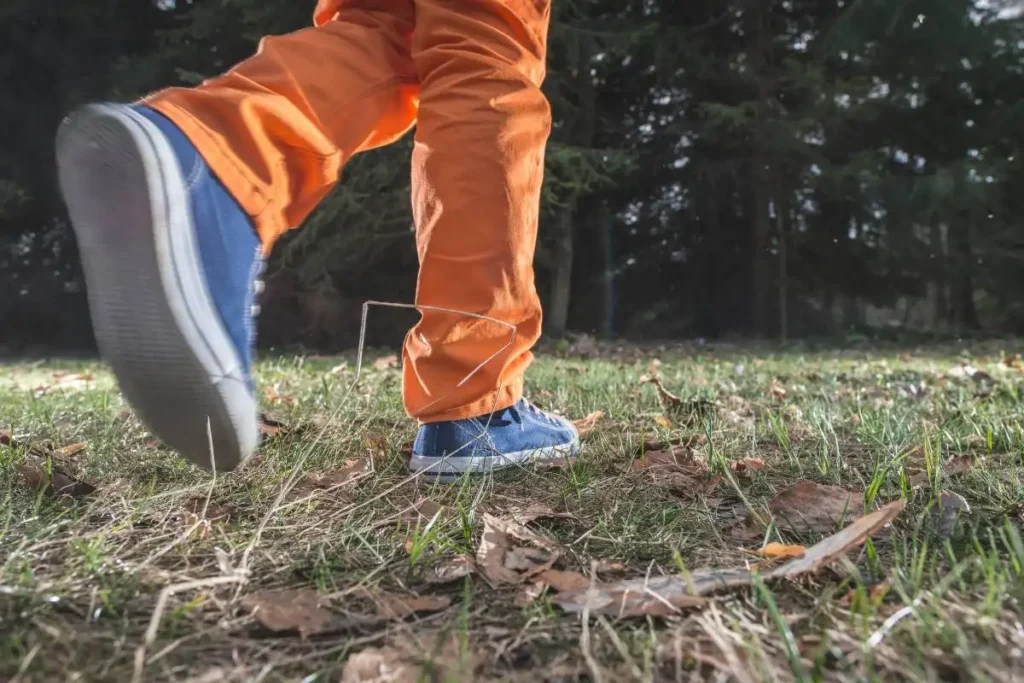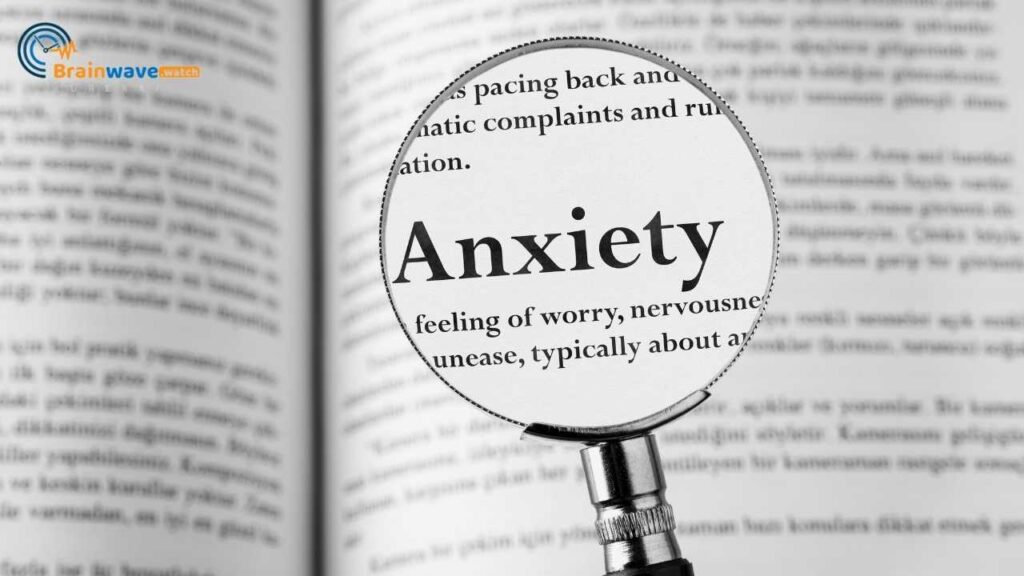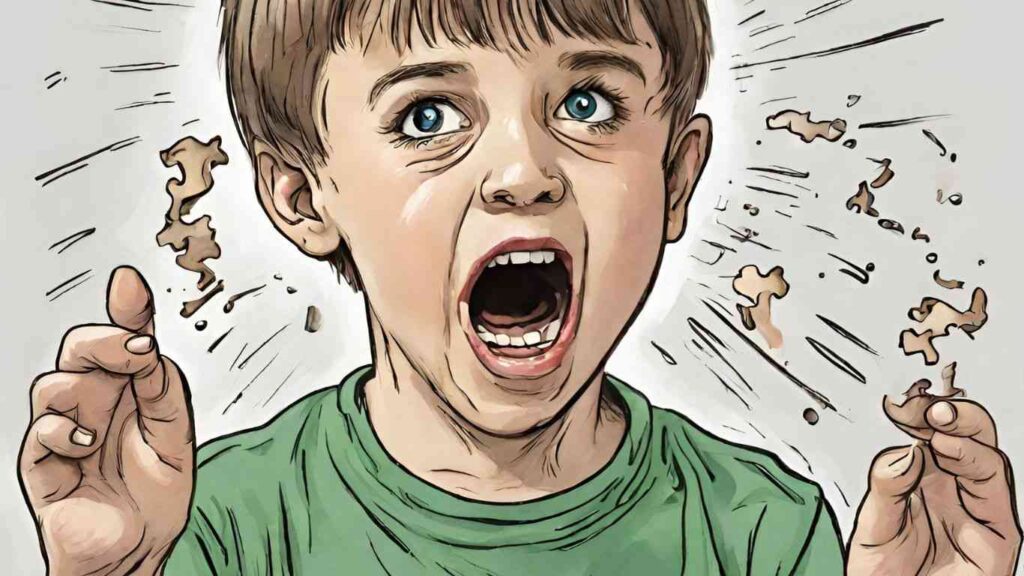Some children with autism walk backward more often than typical children. This unusual walking pattern is likely related to sensory processing differences commonly associated with autism. For example, children who are sensitive to visual stimuli may walk backward to limit views that overstimulate them. Backward walking may also stem from challenges with motor skills, balance, and coordination.
While walking backward occurs more frequently among children with autism, it is not considered a core diagnostic symptom. Many neurotypical toddlers go through a backward walking phase as they develop gross motor skills. Backward walking on its own does not indicate autism, but may represent one piece of the larger developmental puzzle. If backward walking persists beyond early childhood or appears alongside other developmental delays, it can warrant further evaluation.
The important thing is understanding the root causes behind the behavior, rather than focusing on the walking itself. Addressing sensitivities to visual input, improving motor skills, or introducing coping methods for overstimulation may help minimize backward walking in autistic children.
However, walking backward is not inherently problematic and may provide comfort or stimulation for some children. Accommodating and supporting children who walk backward, while monitoring for any safety risks, is often the best approach for parents and caregivers.
Common Physical Symptoms
Many children with autism display common physical symptoms and behaviors related to motor skills, coordination, and repetitive movements. These can include:
-
Repetitive behaviors – Children with autism often engage in repetitive motions like flapping their hands, rocking back and forth, or repeating words and phrases. These behaviors may represent efforts to self-soothe or cope with sensory input.
-
Problems with coordination – Difficulty with coordination is common, such as trouble balancing, clumsiness, or poor handwriting. Autistic children may appear awkward and unsteady when running or participating in sports.
-
Difficulty with motor skills – Fine motor skills like using utensils, buttoning clothes, or manipulating small objects can be challenging. Gross motor skills like walking, jumping, or throwing a ball may also show delays.
While not universal in all cases, issues with motor coordination are frequently seen in autistic children. These symptoms can contribute to struggles with tasks of daily living and social acceptance. Early intervention services can provide occupational therapy to improve motor skills over time.
Other potential causes
Walking backward can sometimes be a sign of autism, but there are other potential causes as well. Some children walk backward for reasons unrelated to autism.
Issues with proprioception/body awareness
Some children have trouble perceiving where their body is in space, which can cause difficulty walking forward properly. They may walk backward while trying to stabilize their body position. Difficulties with proprioception can happen with or without autism.
Sensory seeking behavior
In some cases, walking backward is a sensory-seeking behavior. The unusual movement provides interesting sensory feedback. Children who crave extra sensory input may walk backward for the novel sensation. Sensory seeking is common with autism but also occurs in neurotypical children.
Regression in motor skills
Regression in motor development, where children lose skills they previously had, can sometimes lead to walking backward. Children may walk backward when having trouble coordinating forward movement. Regression can indicate autism but may have other causes like trauma or seizure disorders.
When to be concerned
Backward walking on its own is not necessarily a sign of concern. However, if backward walking persists beyond the age of 3-4 years old, it could potentially indicate an underlying issue. Here are some signs that backward walking may be problematic:
- The child is over 4 years old and still frequently walks backward
- Backward walking is their primary method of getting around. They resist walking forward even when encouraged.
- Backward walking occurs in combination with other developmental delays in speech, social skills, or behavior.
- The backward walking appears unbalanced or clumsy and causes frequent falls or injury.
- The child seems unaware they are walking differently than their peers.
- Backward walking interferes with daily activities and participation.
- Backward walking persists even after attempting solutions like changes in footwear or orthotics.
- Medical causes like cerebral palsy have been ruled out.
Backward walking on its own past the age of 4 is considered a “red flag” for developmental conditions like autism. While autism has many different symptoms, persistent backward walking combined with other social and communication difficulties could indicate a child should be evaluated by their pediatrician or a specialist. Early diagnosis and intervention can greatly help a child’s development and long-term outcomes.
Diagnosis
Getting an accurate autism diagnosis is crucial for accessing the right treatment and support services. While autism can be detected as early as 18 months, most children are not diagnosed until after age 4. Diagnosis is based on observing behavior and developmental patterns, so the process involves multiple steps:
-
Developmental screening – The first step is usually a short screening test at a regular doctor’s visit to check if a child’s development seems on track for their age. If results indicate possible developmental delays, the doctor may refer them for further evaluation.
-
Comprehensive evaluation – This thorough assessment is done by specialists like a psychologist, psychiatrist, neurologist, or developmental pediatrician. The team will evaluate the child’s behavior, development, emotional state, motor skills, language, intellectual abilities, and more through interviews, questionnaires, tests, and direct observation. Medical tests may also check for genetic disorders or neurological issues.
-
Review of symptoms and history – The doctor will gather a detailed history of the child’s development and behaviors from parents, teachers, caregivers, and others involved in their lives. They’ll look for patterns of issues related to social skills, communication, restricted interests, and repetitive behaviors that are hallmarks of autism spectrum disorders.
-
Making a diagnosis – Based on all the information gathered from the screening, evaluations, and interviews, the doctor will determine if the child meets the criteria for an autism spectrum disorder diagnosis as defined in the DSM-5 diagnostic manual. Some individuals may be diagnosed with autism while others fall under a related diagnosis like Asperger’s syndrome or pervasive developmental disorder not otherwise specified (PDD-NOS).
Getting an accurate diagnosis as early as possible is the first step to accessing evidence-based interventions and therapies tailored to the child’s needs. A comprehensive evaluation by an experienced specialist is key to identifying ASD and ruling out other potential causes of symptoms. This process provides parents and caregivers with knowledge to make informed decisions about treatment options.
Treatment
Treating autism often involves a combination of behavioral therapies and medications to manage symptoms. For motor delays like walking backward, applied behavior analysis (ABA) techniques can reinforce desired movements and discourage unwanted ones. Occupational therapy helps autistic children improve coordination and motor planning.
Sensory integration therapy may also assist with sensory processing problems that lead to behaviors like walking backward. This involves providing different sensory inputs in a controlled way to help the brain modulate responses appropriately. Weighted vests, swings, and brushes can provide soothing pressure, for example. Managing sensory overload and avoiding stimuli that cause distress helps minimize situations that trigger walking backward or other self-stimulatory behaviors. With age-appropriate therapies tailored to the individual, many autistic children can learn to walk forward and navigate their environment.
Coping Strategies
-
Keep your home free of obstacles. Clear pathways, secure wires, and remove trip hazards to create a safe environment for backward walking.
-
Use visual cues like colored tape or rugs with patterns to mark edges like stairs. This helps guide your child.
-
Practice walking forward together. Make it a fun game, using toys as an incentive. But don’t force it if your child resists.
-
Work on balance and coordination skills. Activities like obstacle courses can help.
-
Encourage other forms of movement too. Spinning, jumping, and climbing allow sensory input.
-
Celebrate all progress. Focus on what your child can do, not what they cannot.
-
Remain patient and keep your expectations flexible. Every child develops differently.
Creating a Safe Environment
Childproof your home to make it safe for backward walking. Install baby gates at the tops of stairs. Use door knob covers. Clear clutter and secure rugs. Check for hazards in the yard too. But avoid over-padding your house, as experiencing some bumps helps develop spatial awareness.
Also, make sure your child knows the layout of the house well. Consider putting a GPS tracking device in their shoe so you can locate them if they wander outside. Maintaining a safe environment reduces injury risks and gives your child the freedom to walk in the way most comfortable for them.
Outlook
The long-term prognosis for children who walk backward as a symptom of autism is generally positive. With early intervention and treatment, many children can outgrow this behavior over time.
There are a few key factors that influence the likelihood of outgrowing backward walking:
-
Age – Younger children, especially those under 5 years old, are more likely to stop walking backward as they get older. The younger a child is when treatment starts, the better the prognosis.
-
Severity of autism – Children with mild to moderate autism spectrum disorder are more likely to lose backward walking behaviors than those with severe autism.
-
Intervention – With specialized therapy like applied behavior analysis (ABA), children can be taught not to walk backward. The earlier and more consistently therapy is applied, the more progress a child will make.
-
Developmental progress – As children gain developmental skills like communication, socialization, and self-regulation, backward walking often naturally dissipates. Continued development predicts an increased likelihood of losing the behavior.
While walking backward can be concerning initially, the outlook is hopeful. With a strong treatment plan tailored to the individual child’s needs, many can overcome backward walking behaviors and continue to reach their full potential. Consistent evaluation and tracking of progress is key to ensuring children outgrow concerning symptoms on the path to a bright future.
When to Seek Help
As a parent, it can be challenging to determine if your child’s behavior warrants an evaluation by a doctor. Walking backward is just one potential sign of autism. While it does not necessarily mean a child will be diagnosed with autism, it is something to discuss with your pediatrician.
Some other behaviors that may indicate the need for an evaluation include:
- Not responding to their name by 12 months
- Avoiding eye contact
- Delayed speech and language skills
- Repetitive behaviors like flapping hands or rocking
- Difficulty with social interactions
If your child is exhibiting a combination of these behaviors, share your concerns with your pediatrician. Early intervention can make a significant difference in your child’s development. Your doctor may refer you to a developmental pediatrician, psychologist, speech therapist, or occupational therapist for testing.
There are also many resources available online and in your local community to help parents understand the signs of autism. organizations like Autism Speaks provide information sheets on their website that outline red flags by age. Local autism support groups can also provide guidance.
The most important thing is to trust your instincts as a parent. You know your child best. If something seems off in their development, don’t hesitate to seek professional advice. Catching autism early is key, so your child can get the specialized support they need to reach their full potential.







